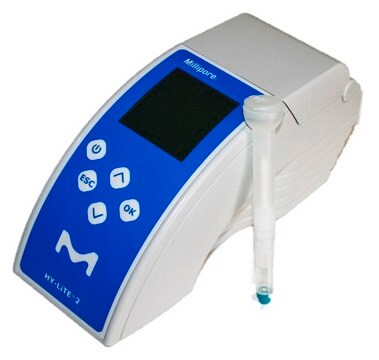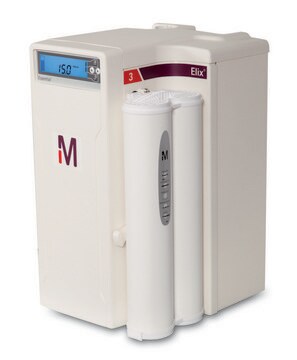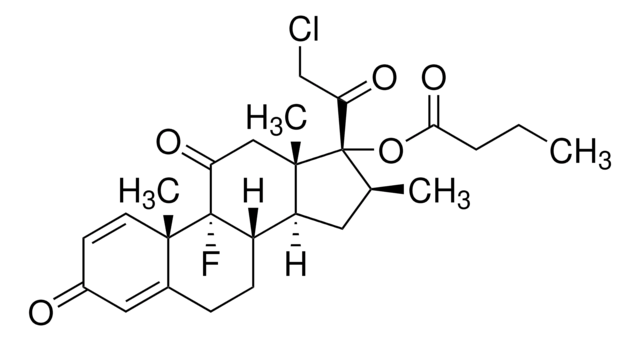C1608
Monoclonal Anti-Cellular Retinoic Acid Binding Protein 1 antibody produced in mouse
clone C-1, ascites fluid, buffered aqueous solution
Sinónimos:
Anti-CRABP 1
About This Item
Productos recomendados
biological source
mouse
Quality Level
conjugate
unconjugated
antibody form
ascites fluid
antibody product type
primary antibodies
clone
C-1, monoclonal
form
buffered aqueous solution
mol wt
antigen 16 kDa
species reactivity
feline, turtle, monkey, rabbit, bovine, human, rat, chicken
should not react with
(chameleon), frog, goldfish
technique(s)
indirect ELISA: suitable
western blot: suitable
UniProt accession no.
shipped in
wet ice
storage temp.
−20°C
target post-translational modification
unmodified
Gene Information
human ... CRABP1(1381)
rat ... Crabp1(25061)
General description
Immunogen
Application
Western Blotting (1 paper)
- indirect ELISA
- western blotting at a dilution of 1:1000
- immunofluorescence at a working dilution of 1:250
Biochem/physiol Actions
Physical form
Disclaimer
¿No encuentra el producto adecuado?
Pruebe nuestro Herramienta de selección de productos.
Storage Class
10 - Combustible liquids
wgk_germany
nwg
flash_point_f
Not applicable
flash_point_c
Not applicable
ppe
Eyeshields, Gloves, multi-purpose combination respirator cartridge (US)
Certificados de análisis (COA)
Busque Certificados de análisis (COA) introduciendo el número de lote del producto. Los números de lote se encuentran en la etiqueta del producto después de las palabras «Lot» o «Batch»
¿Ya tiene este producto?
Encuentre la documentación para los productos que ha comprado recientemente en la Biblioteca de documentos.
Artículos
All-trans retinoic acid (RA, ATRA) is a pleiotropic activation factor that regulates genes associated with normal vertebrate cellular processes such as cell differentiation, cell proliferation, apoptosis, and embryonic development.
Nuestro equipo de científicos tiene experiencia en todas las áreas de investigación: Ciencias de la vida, Ciencia de los materiales, Síntesis química, Cromatografía, Analítica y muchas otras.
Póngase en contacto con el Servicio técnico








